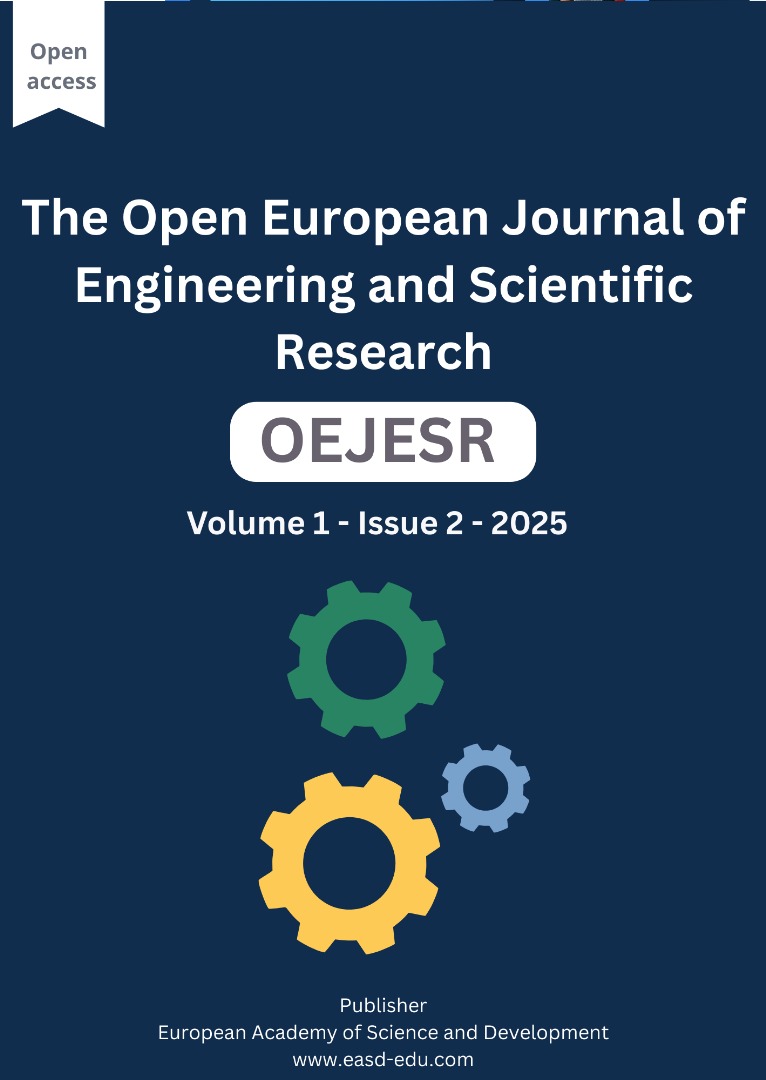Analyzing the Efficiency of LED Lighting to Improve Energy Consumption and Reduce Costs in Higher Education Institutions: A Case Study of the College of Engineering Technologies –Al Qubbah
الكلمات المفتاحية:
Lighting Efficiency، LED Technology، Cost، College of Engineering Technologies – Al Qubbah، Sustainable Development، Energy Consumption، Cost Reductionالملخص
The lighting of educational buildings is considered one of the main factors in electrical energy consumption, accounting for a significant portion of the total energy used in such facilities. In light of the growing need to rationalize energy consumption and achieve environmental sustainability, Light Emitting Diode (LED) technology has emerged as an effective alternative to traditional lighting, particularly in academic institutions that require continuous illumination.
This study aims to analyze the impact of using LED lighting devices compared to the existing fluorescent lighting devices at the College of Engineering Technologies – Qubbah, through a field study that includes evaluating energy efficiency, operating costs, and lifespan.
Data were collected by monitoring energy consumption in a real environment using both LED and fluorescent lighting systems, and consumption levels were accurately measured to analyze the differences.
The results showed that LED lighting devices offer significant energy savings of up to 50% compared to fluorescent lighting. Moreover, LED devices demonstrated a longer lifespan, which contributes to lower maintenance costs and a reduction in electronic waste. Additionally, LED technology provides more stable and higher-quality lighting, enhancing the learning environment and reducing eye strain among students and staff.
These findings suggest that the adoption of LED lighting represents a sustainable and economical option for academic institutions and supports the college's initiatives toward energy sustainability. The study recommends the gradual implementation of this system across all college facilities, taking into account the long-term environmental and economic benefits it offers. Furthermore, this step could contribute to achieving the sustainable development goals pursued by educational institutions and raise awareness of the importance of energy conservation among students and academic staff.






